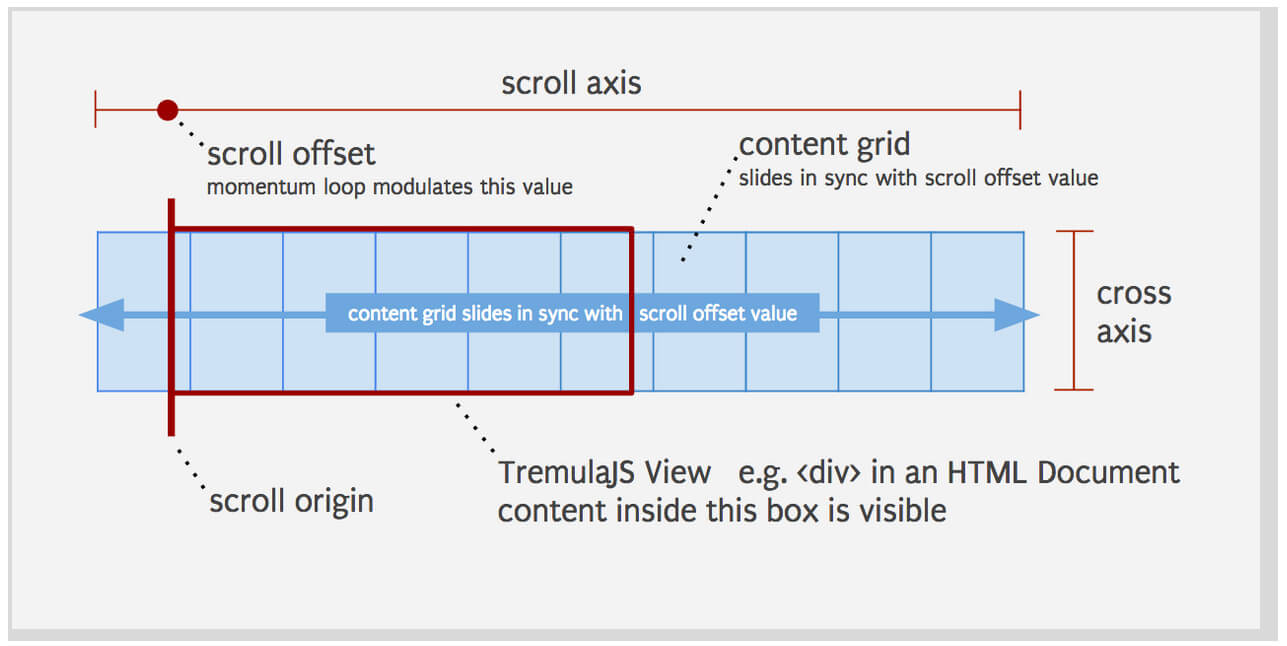Match Accented Letters with Regular Expressions
Regular expressions are used for a variety of tasks but the one I see most often is input validation. Names, dates, numbers...we tend to use regular expressions for everything, even when we probably shouldn't.
The most common syntax for checking alphabetic characters is A-z but what if the string contains accented characters? Characters like ğ and Ö will make the regex fail. That's where we need to use Unicode property escapes to check for a broader letter format!
Let's look at how we can use \p{Letter} and the Unicode flag (u) to match both standard and accented characters:
// Single word
"Özil".match(/[\p{Letter}]+/gu)
// Word with spaces
"Oğuzhan Özyakup".match(/[\p{Letter}\s]+/gu);
Using regular expressions to validate strings, especially names, is much more difficult than A-z+. Names and other strings can be very diverse -- let's not insult users by making them provide non-accented letters just to pass validation!
![CSS Animations Between Media Queries]()
CSS animations are right up there with sliced bread. CSS animations are efficient because they can be hardware accelerated, they require no JavaScript overhead, and they are composed of very little CSS code. Quite often we add CSS transforms to elements via CSS during...
![Responsive and Infinitely Scalable JS Animations]()
Back in late 2012 it was not easy to find open source projects using requestAnimationFrame() - this is the hook that allows Javascript code to synchronize with a web browser's native paint loop. Animations using this method can run at 60 fps and deliver fantastic...
![Create a Dynamic Table of Contents Using MooTools 1.2]()
You've probably noticed that I shy away from writing really long articles. Here are a few reasons why:
Most site visitors are coming from Google and just want a straight to the point, bail-me-out ASAP answer to a question.
I've noticed that I have a hard time...
![Editable Content Using MooTools 1.2, PHP, and MySQL]()
Everybody and their aerobics instructor wants to be able to edit their own website these days. And why wouldn't they? I mean, they have a $500 budget, no HTML/CSS experience, and extraordinary expectations. Enough ranting though. Having a website that allows for...


